When delving into the neurological aspect of psychology, neuroscience, I have come to understand that not all people find it’s concepts as compelling and exciting as I do… As a result, I want to try and exploit the following topic in a less complex way. With that being said, have you ever heard about the four lobes of the brain?
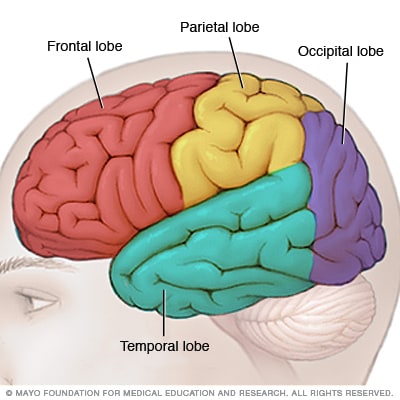
Elaborately, these lobes, or sections of the brain essentially code for different neurological functions and in which each section houses certain structures. In this, these structures are ultimately what make up the lobe; when looked at cohesively. In essence, the four lobes of the brain entail the frontal lobe, temporal lobe, parietal lobe, and the occipital lobe.
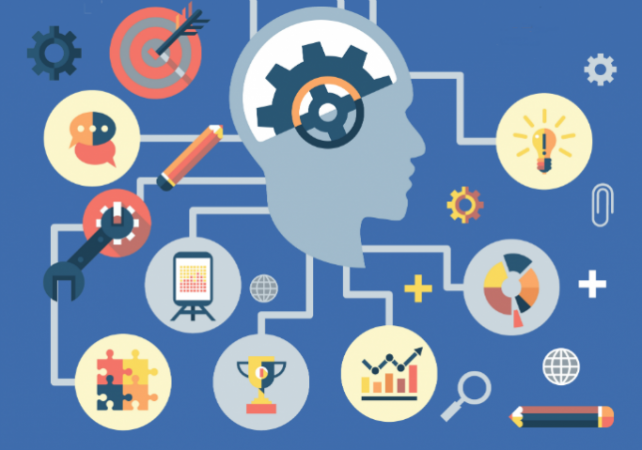
Lets start with the frontal lobe or what I like to refer to as the lobe in “front” of the other lobes. This is because this particular lobe of the brain plays the biggest role in our intellectual prowess. It is located in the forefront of our craniums (foreheads) and it involves critical thinking skills, decision-making, deductive reasoning, and many other properties that make humans such cognitive and abstract beings. This lobe also governs our caliber of speech (Broca’s Area) as well as voluntary movement (motor cortex)! The frontal lobe is definitely the powerhouse in our cognitive efficiency.
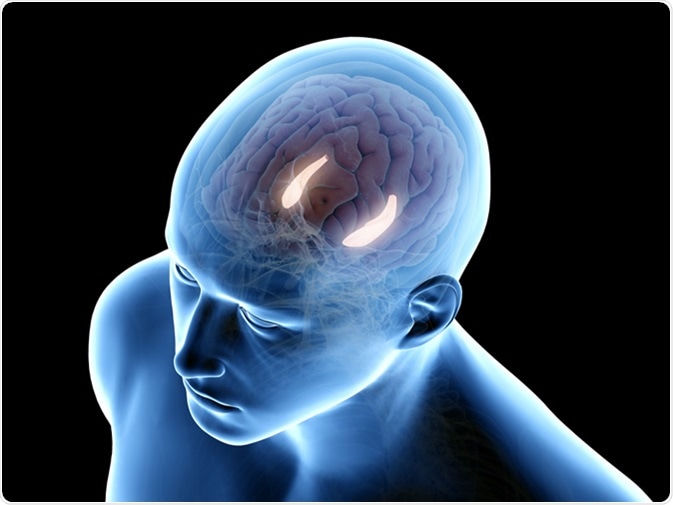
Now lets talk about the temporal lobe. If you ever anticipate a hit to your temples – DODGE. Especially if you want to remember what happened afterwards or probably anything at all. The temporal lobe is known for auditory comprehension and memory (hippocampus). So if you were hit hard enough on either side of your head (where your temporal lobes are located)-(near the ears), then you can potentially afflict your memory which could lead to a host of other problems (i.e. no past/new memories, no face recognition, etc.). More markedly, this lobe is also why we are able to hear and identify sonic energy (noise) via the auditory cortex in each temporal lobe.
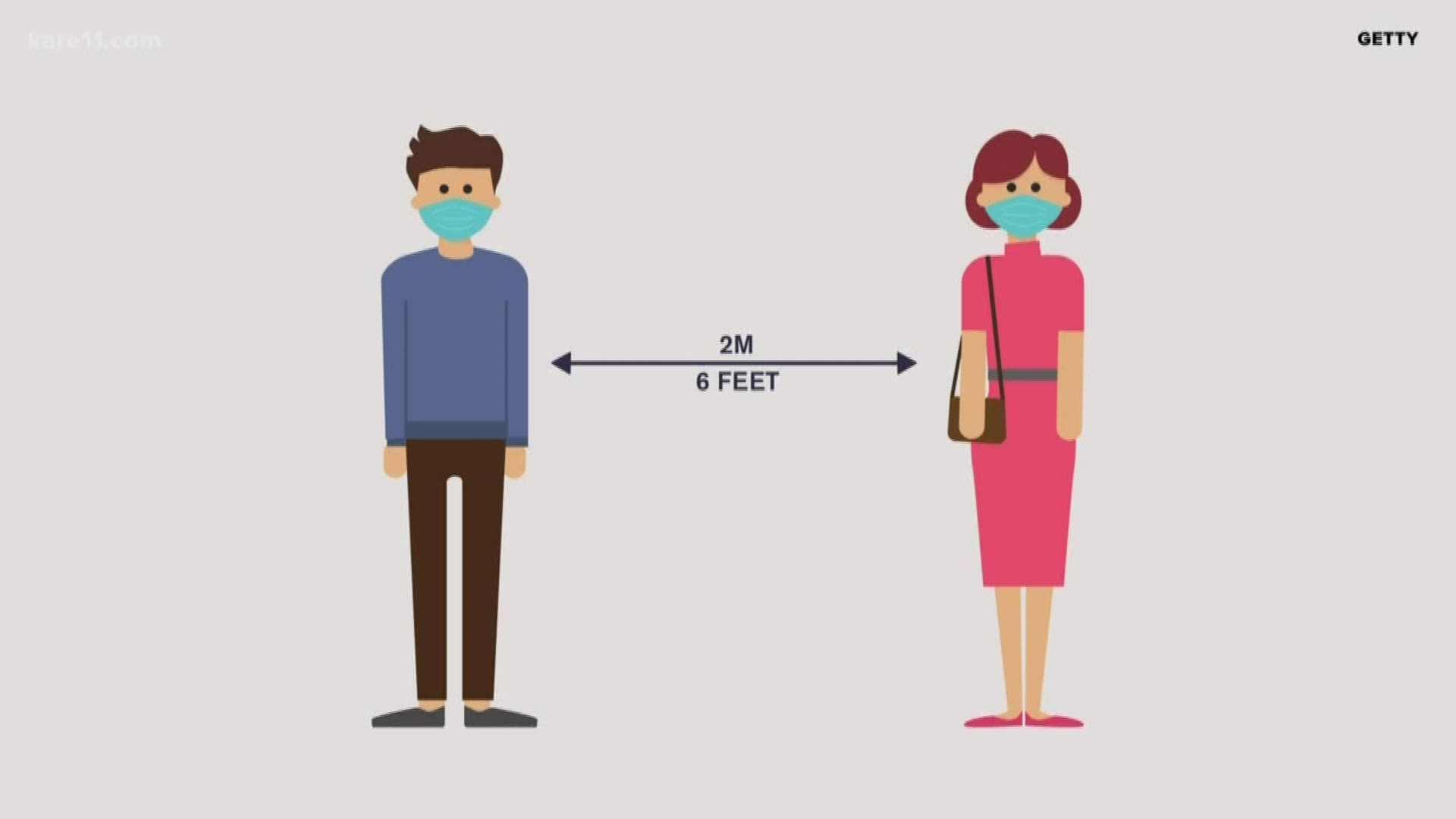
Furthermore, the lobe that follows the frontal lobe is the parietal lobe. This lobe is probably the hardest to understand out of all of the lobes, but it is also probably the most interesting as well. It is located at the very top of our heads (behind the frontal lobe) and is basically in control of our tactile sensations as well as spatial distribution. Simplistically, this lobe is why were are able to touch; feel texture, pain, pressure, and temperature. In regards to spatial distribution, this lobe governs our innate understanding of how far things are in conjunction with one another as well as ourselves – (our understanding of distance). This is why we are not going to “reach” for a book that is 10 feet away from us… We automatically know that it is farther away because we are naturally aware of how much space is distributed between us.
Lastly, the lobe in the very back of our brains is the occipital lobe and this lobe is pretty much primarily responsible for our vision. With this being said, if this lobe was damaged, it would could cripple our sense of visual comprehension or even ability of sight overall. A brief breakdown would probably fill in some space on this lobe.
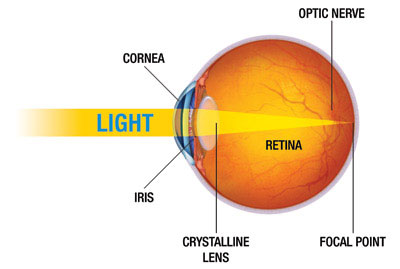
Specifically, electromagnetic energy (light) pours into our pupil, the black dot that is enclosed in our iris’, and essentially reflects off of the lens (eye structure) where it is then projected onto the retina. The retina houses rods and cones (detail/sharpness and color). It is basically the key structure that allows us to notice color and detail expressed by light energy; but not just yet! – Because afterwards, the impulse from light energy is transmitted to the visual cortex (home base) via the optic nerve (train station) where we then interpret what we are seeing – “the wall is orange.” So visual interpretation specifically occurs in the visual cortex in the occipital lobe like how auditory comprehension directly occurs in the auditory cortex of the temporal lobe.
The most exciting thing about this process as well as the processes of all lobes is that it happens in not even a matter of a second, but more rapidly.
I have never gone into detail about the different parts of the brain. While I was aware that there were areas that were responsible for different tasks, I wasn’t sure of the specifics. It is interesting for me to read this article and be able to understand why different parts of our brain exist and how they function.
This is really interesting! I knew that there were different parts of the brain, but I never was exactly sure what they were or what they did. You did a great job breaking down another complex topic in a way that allows the average person to understand. I really like how you ended the post. You go through explaining this whole, complex thing and then rap it up by saying that it all happens in less than a second. Its really amazing if you think about it.
When I took psych last year, I learned about the lobes of the brain, but for some reason I could never remember the differences between the different parts. I was always more interested in the theoretical side of the class than the biological, but your post did help to clear up the differences.